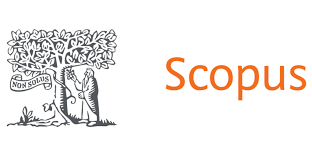THE INTERFACE OF NEUROSCIENCE, EDUCATION AND TECHNOLOGY: ENHANCING LEARNING IN THE TWENTY-FIRST CENTURY
DOI:
https://doi.org/10.56238/arev6n2-058Keywords:
Neurociência, Educação, Tecnologia Educacional, Aprendizagem, Inovação EducacionalAbstract
The present bibliographic research explores the interface between neuroscience, education and technology, highlighting how the understanding of cognitive functioning can improve teaching and learning processes. Understanding the neurological underpinnings of learning is critical to developing effective educational methods that interact meaningfully with emerging technologies. This study investigates the role of the teacher and the student in this context, emphasizing how technological strategies, such as educational games, can enhance the acquisition of knowledge. Through a critical analysis of the literature, this work discusses the advantages and challenges of integrating neuroscience in contemporary education and offers insights into innovative pedagogical practices that use technology to improve learning. The research examines how advances in cognitive neuroscience can inform the design of digital learning environments by tailoring them to individual student needs. In addition, the potential of educational technologies, such as virtual reality and artificial intelligence, is explored to create immersive and personalized learning experiences. The study also addresses ethical and practical issues related to the implementation of these technologies in diverse educational contexts. By analyzing the intersection between neuroscience, education, and technology, this research aims to provide a solid theoretical foundation for educators and policymakers. Finally, we understand the importance of neuroscience and technology in the educational field and how they can be used to maximize the potential of students in the twenty-first century, promoting a more effective, inclusive education aligned with the demands of the digital age.






